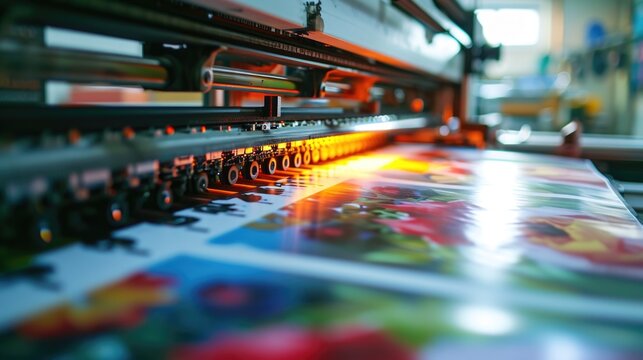Labeling boxes is an essential task, especially when it comes to organizing our spaces and preparing items for shipping or storage. Understanding how to label a box effectively can make a tremendous difference, not just in ensuring our belongings are well-organized, but also in operational efficiency for businesses. Whether you’re moving to a new house or shipping products, the art of labeling boxes correctly is a skill that everyone should master. It’s here to make our lives simpler and more organized.

Why Labeling Boxes is Important
Labeling boxes is more than just an organizational tool; it’s a necessity in today’s world. It helps in easy identification, saving time and effort when locating items. For businesses, it improves inventory management and customer satisfaction by ensuring products are delivered accurately. Technology has further enhanced this process by providing various tools for creating and printing labels efficiently.
Getting Started: Basic Supplies Needed
Before diving into the process of labeling, ensure you have the right supplies. You will need:
- Labels: Choose high-quality, durable labels that won’t peel off during transit.
- Permanent markers: These are ideal for handwritten labels where printing isn’t available.
- Label printer: Invest in a reliable printer for high-volume labeling tasks.
- Clear tape: Use this to secure labels and protect them from damage.
How to Choose the Right Label
Selecting the right type of label is crucial. Consider the following:
- Size: Ensure the label fits the box size.
- Material: Opt for waterproof materials if boxes might be exposed to moisture.
- Adhesive strength: Strong adhesives ensure labels stay intact.
Step-by-Step Guide on How to Label a Box
- Identify the contents: List the items in the box for easy retrieval.
- Decide on label placement: Place the label prominently, ensuring it’s visible on at least one side of the box.
- Create the label: Use either handwritten labels or a label maker for a professional look.
- Apply the label: Smooth out the label on the box surface to prevent bubbling.
- Secure the label: Use clear tape over the label for added protection.
Utilizing Technology for Efficient Labeling
Incorporating technological advancements can significantly streamline the labeling process. Label printers and software allow for rapid production of professional labels. They are particularly beneficial for businesses that handle large quantities of inventory.
Explore how thermal label printers can improve your labeling process by reading more about it here.
Common Mistakes When Labeling Boxes
Avoid the following errors to ensure your labeling is effective:
- Inconsistent labeling: Stick to a uniform method for uniformity.
- Using the wrong adhesive: Ensure your labels stay put with the right adhesive.
- Illegible handwriting: Ensure handwriting is clear if labels are not printed.
Labeling for Business and Shipping
For businesses, labels aren’t just about logistics; they are also a branding opportunity. Ensure your labels reflect your brand’s professionalism by using printed labels featuring your logo and contact information. Understand more about label requirements for businesses by visiting HP’s label printing guide.
The Role of Labels in Inventory Management
Labels enable businesses to manage their inventories effectively. Clear and accurate labeling ensures that employees can quickly locate, identify, and manage stock levels, which is vital for operational efficiency.
Environmental Considerations When Choosing Labels
In todays environmentally-conscious world, consider using recyclable or biodegradable label materials. This small step can contribute positively to reducing your ecological footprint.
Make a Positive Impact with Your Choice of Materials
Choose environmentally friendly materials for your labels and other supplies, which will help in creating a sustainable approach to your packaging and labeling process.

FAQ Section
What are the best practices for labeling boxes for a move?
Always label boxes with room destination and contents. Use color-coded markers for different rooms and reinforce labels with clear tape to prevent peeling.
Can I use regular paper for labels?
While possible, its not recommended as paper could tear easily. Opt for label stock that is designed to withstand handling and environmental factors.
How can technology assist in bulk labeling?
Utilizing a label printer with software can expedite the labeling process significantly, particularly for bulk operations.
For further guidance on starting a print business or finding the ideal tools for creating labels, check out specialized resources online.







